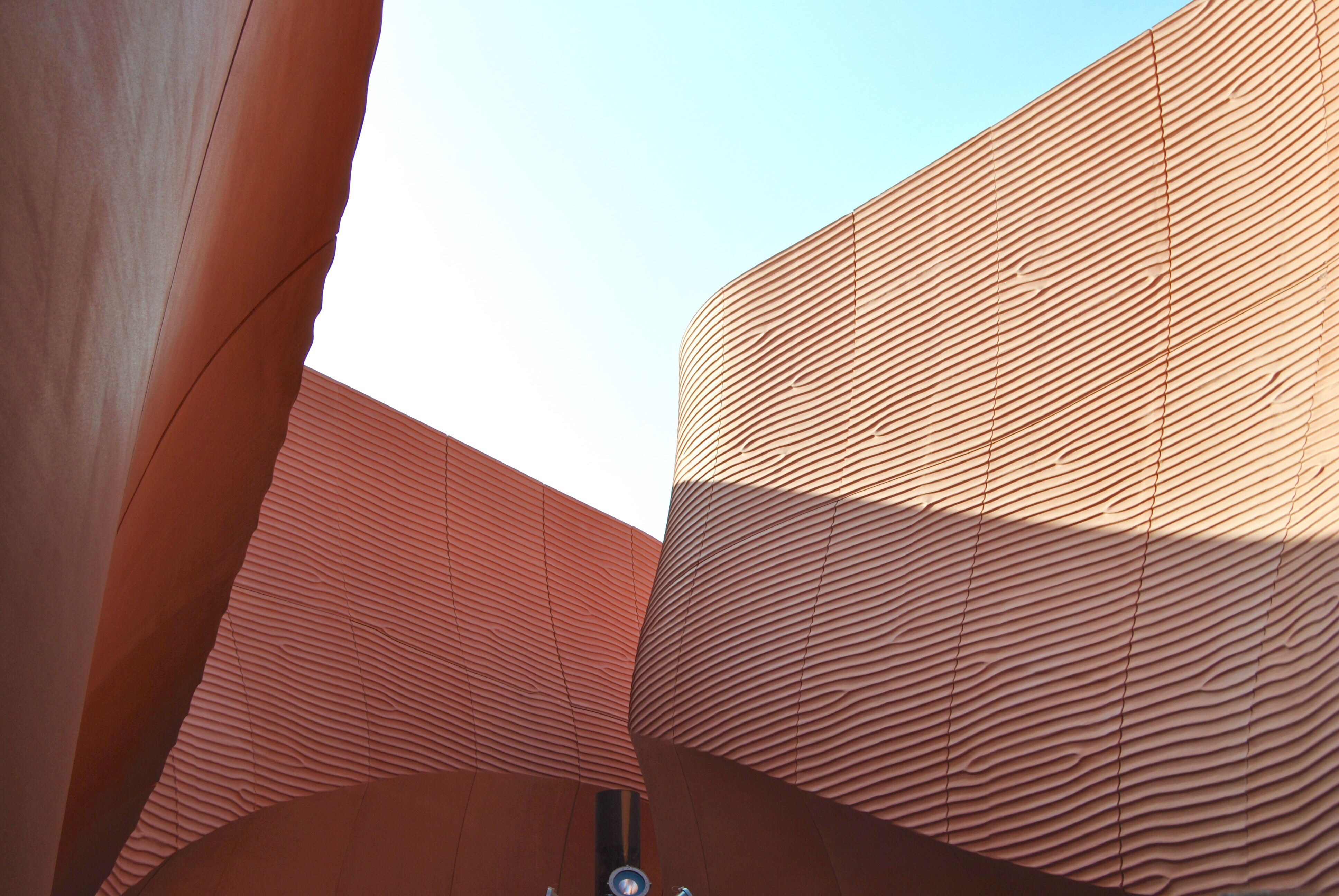algorithmic modeling for Rhino
Views: 1730
- Attachments:
Replies to This Discussion
-
It looks like it might be reaction-diffusion, but it could also be something more geometric. In fact the strong variation in band width makes me suspect something other than R/D, or maybe R/D with some additional morphing.
The problem with R/D patterns is that they're pixel based, and Grasshopper doesn't have a bitmap data type. So either you need to use a plug-in which does, or use some other approach like meshes with coloured vertices. Either way at the end you still need to convert your sample-space to nurbs curves.
Another thing you can try is to start with a regular pattern (nurbscurves or polylines, perhaps some hand-drawn branching) and then deform it in various ways. You could for example set up a vector field consisting of various forces, then have it affect your curve-control-points. Or maybe move control-points using some sort of equations for X and Y...
-
-
I'll try!thank you very much David!
-
- Attachments:
-
© 2024 Created by Scott Davidson.
Powered by
![]()
